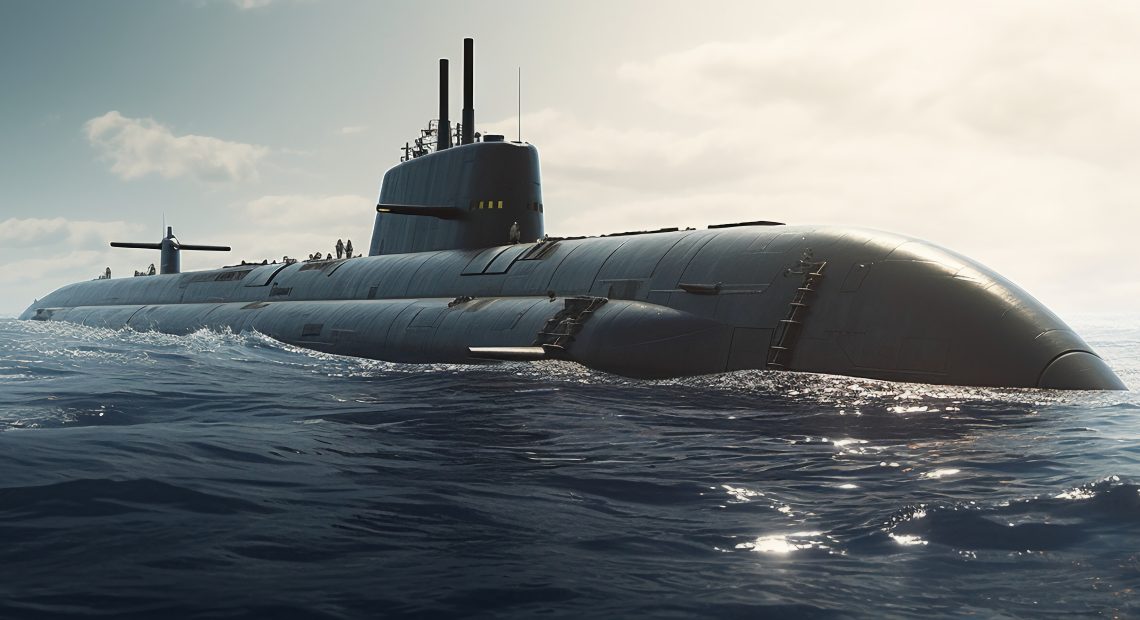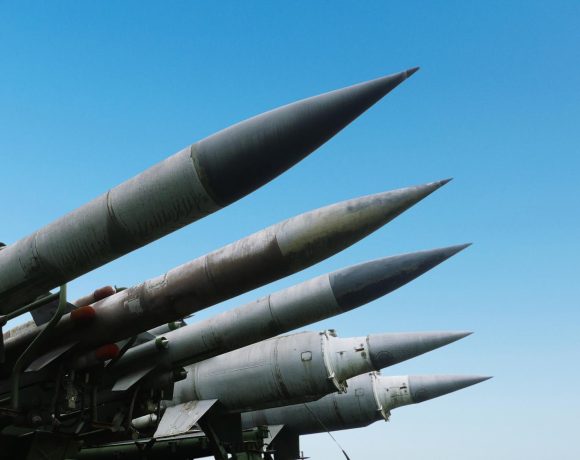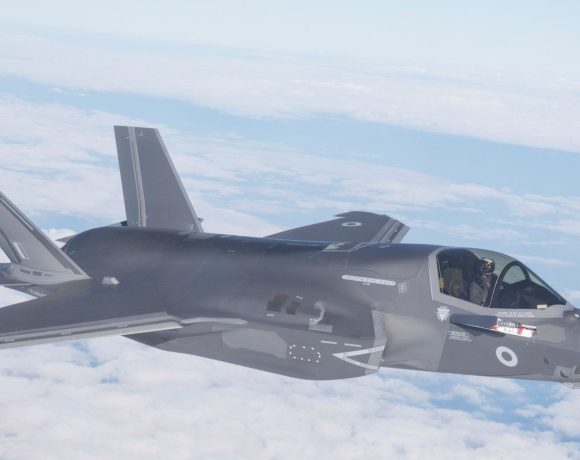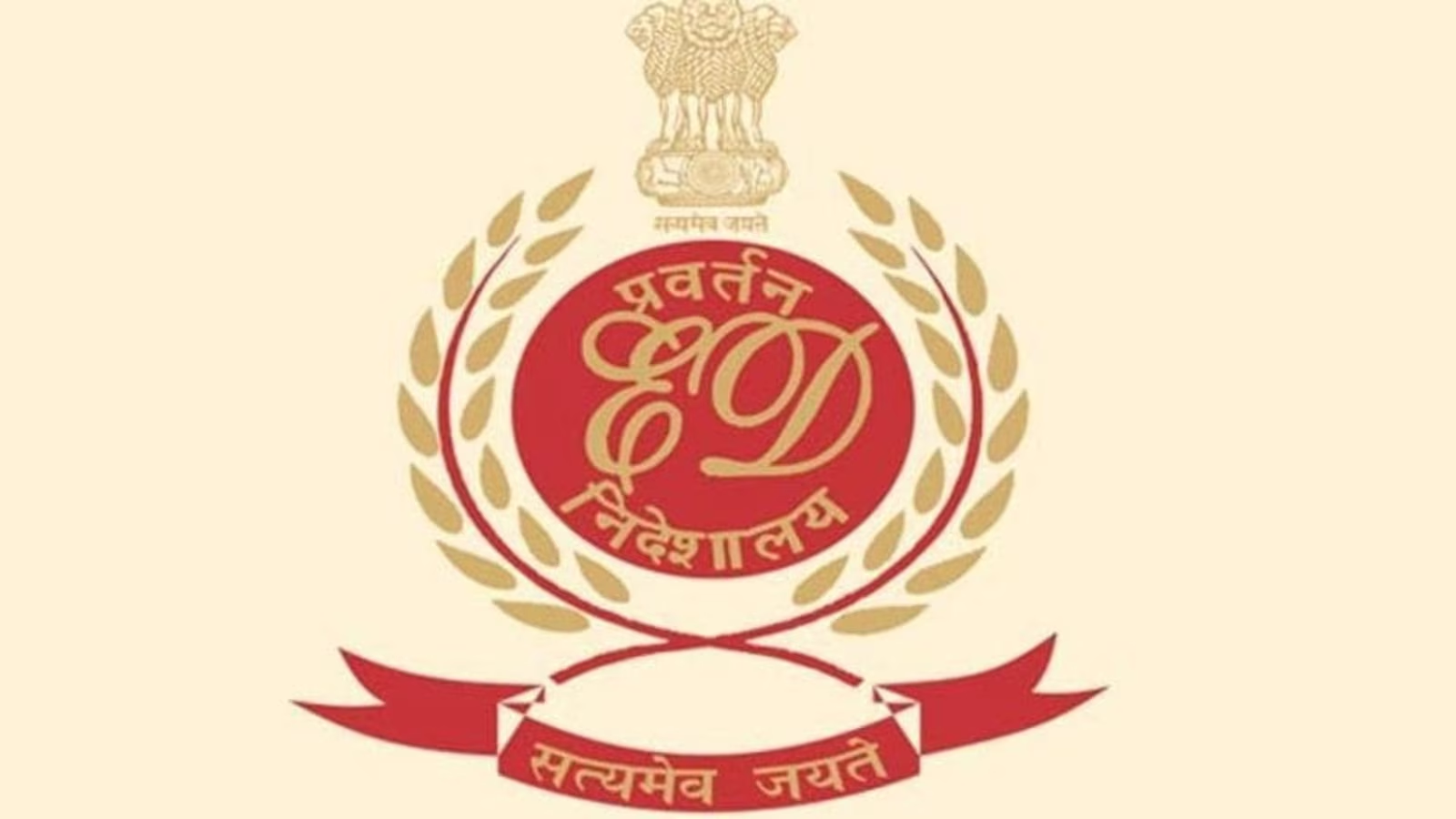
DRDO Seeks Approval for Indigenous Nuclear Submarine Project
The Defence Research and Development Organisation (DRDO) has advanced its proposal for the indigenous construction of nuclear-powered attack submarines (SSNs), with plans to seek approval from the Cabinet Committee on Security (CCS) in the coming months. This initiative is a significant component of India’s strategy to enhance its maritime defense capabilities amid increasing regional security challenges.
The proposal outlines the development of two SSNs, each with a displacement of approximately 6,000 tonnes. These submarines are designed for extended underwater endurance and superior stealth, enabling them to perform a range of missions, including anti-submarine warfare, intelligence gathering, and power projection. The construction is slated to take place at the Ship Building Centre (SBC) in Visakhapatnam, a facility equipped for complex naval projects.
Upon receiving CCS approval, the project is expected to commence, with an estimated timeline of eight years for the delivery of the first submarine. This timeline reflects the intricate nature of submarine construction, which involves advanced nuclear propulsion technology and sophisticated weapon systems. The DRDO, in collaboration with the Indian Navy and domestic industry partners, aims to achieve a high degree of indigenization in the project, thereby reducing reliance on foreign technology and boosting self-reliance in defense manufacturing.
This development aligns with India’s broader maritime strategy to bolster its underwater fleet. In October 2024, the CCS approved the construction of two nuclear-powered attack submarines, each costing around ₹15,000 crore, at the SBC in Visakhapatnam. These initiatives are part of a long-term plan to enhance the Indian Navy’s operational capabilities, particularly in the context of increasing naval activities in the Indian Ocean region.
The indigenous SSN project is poised to significantly augment India’s naval strength, providing a strategic deterrent and ensuring a robust maritime presence. As the project progresses, it is expected to contribute to the development of advanced technologies and foster greater collaboration between various stakeholders in India’s defense sector.


















